Mokuren, Japanese Knives that are Accessible to All
Created by Elise Fouin and cutler Yutaka Yazaki, these knives are adapted to a European market while retaining Japanese technical refinement.
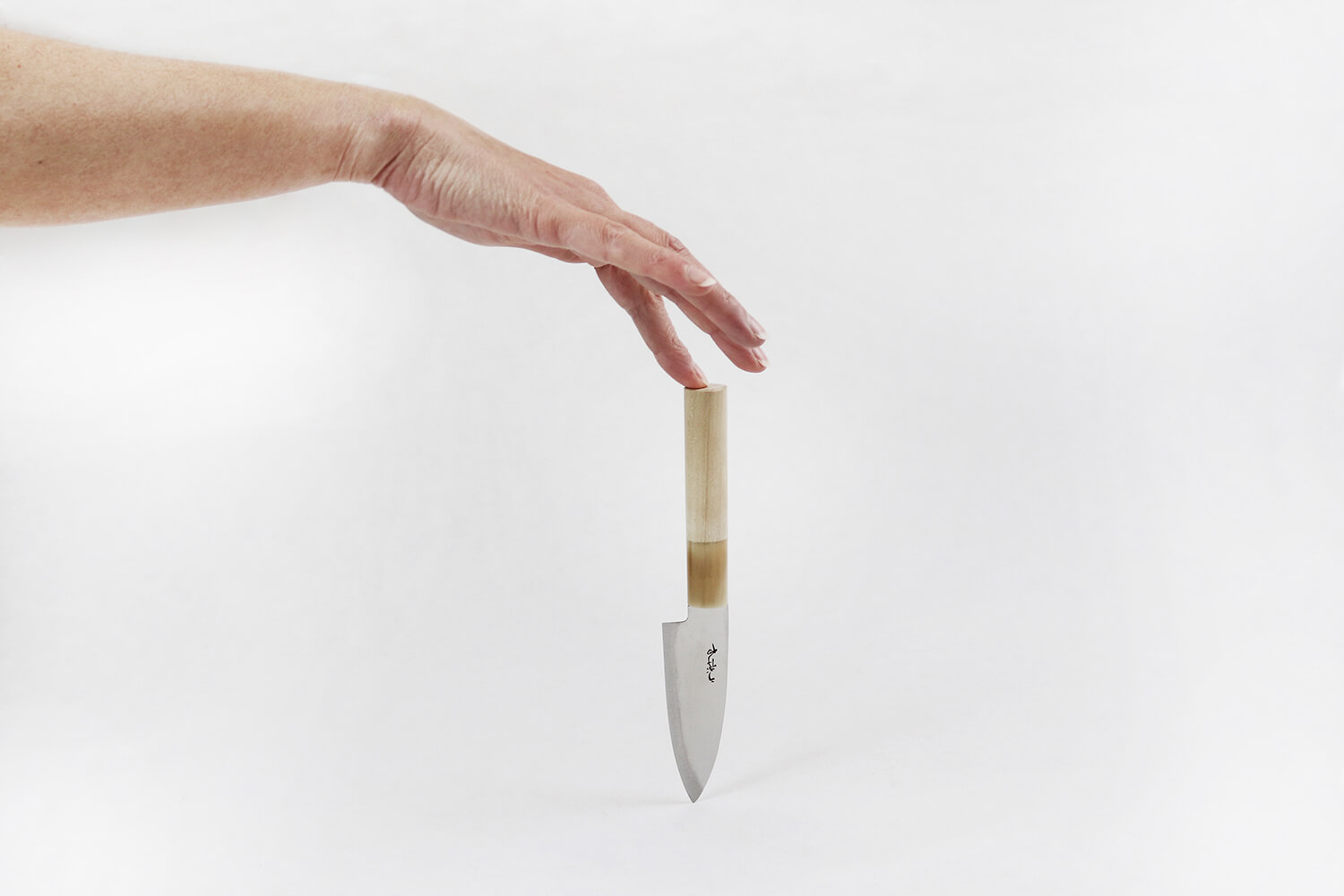
© Elise Fouin
After collaborating with a Kyoto-based artisan to create a lamp made from paper and fabric, Elise Fouin embarked on a project in 2019 with Yutaka Yazaki, an eighth-generation master forger at Ubukeya, to design two sets of knives. One includes a paring knife and a small cleaver, and the other comprises six table knives.
‘The idea was to create a knife that visitors from overseas could take home with them. Lots of tourists visit the Ubukeya shop but don’t necessarily have the means or the need to buy a Japanese knife that is often very long, that comes at a certain price, and that is intended for professional use’, explains the graduate of the Ecole Boulle in arts and crafts and design, who is no stranger to the world of tableware as she works for the chefs Michel and Sébastien Bras.
Showcasing craftsmanship
Elise Fouin spent a week in Tokyo meeting Yutaka Yazaki and his son in order to discover and understand their production process so she could propose sketches that respected their craftsmanship. ‘I wanted to stay true to the aesthetic code for Japanese knives, made from very solid magnolia wood, and using beige rather than black horn because it’s rarer. The design remains minimal but rounded, to keep it ergonomic when engaging with objects while also being lightweight’, Elise Fouin explains.
This collaboration also enabled Ubukeya to attract a new customer base through these sets, which are a new product for the company. The knives can be purchased in the Ubukeya shop, located in Tokyo’s Ningyocho district.
More information about Elise Fouin’s work can be found on her website.
The Ubukeya shop also has an official website.
Address: 3-9-2 Nihombashi Ningyocho, Chuo-ku, Tokyo 103-0013
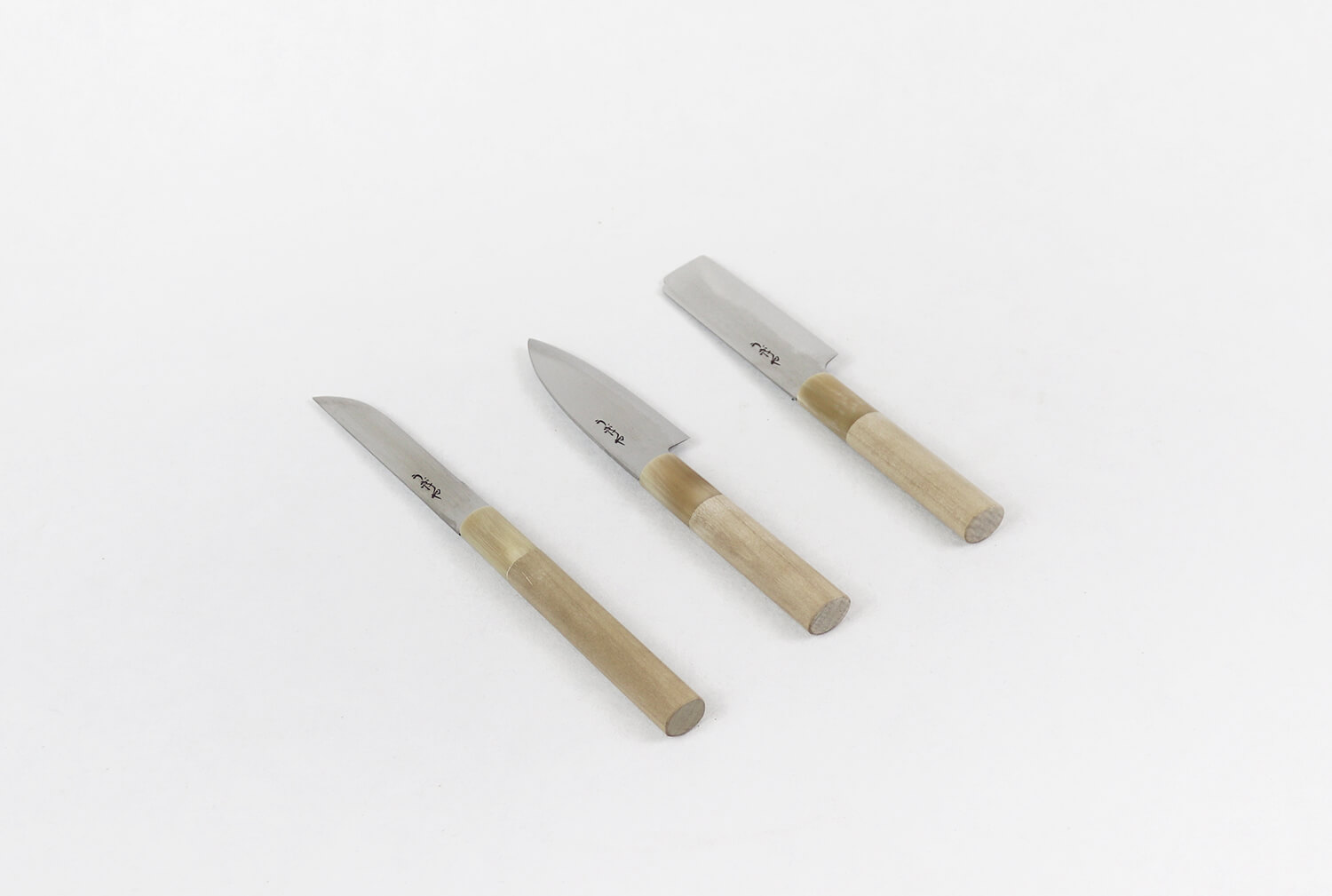
© Elise Fouin
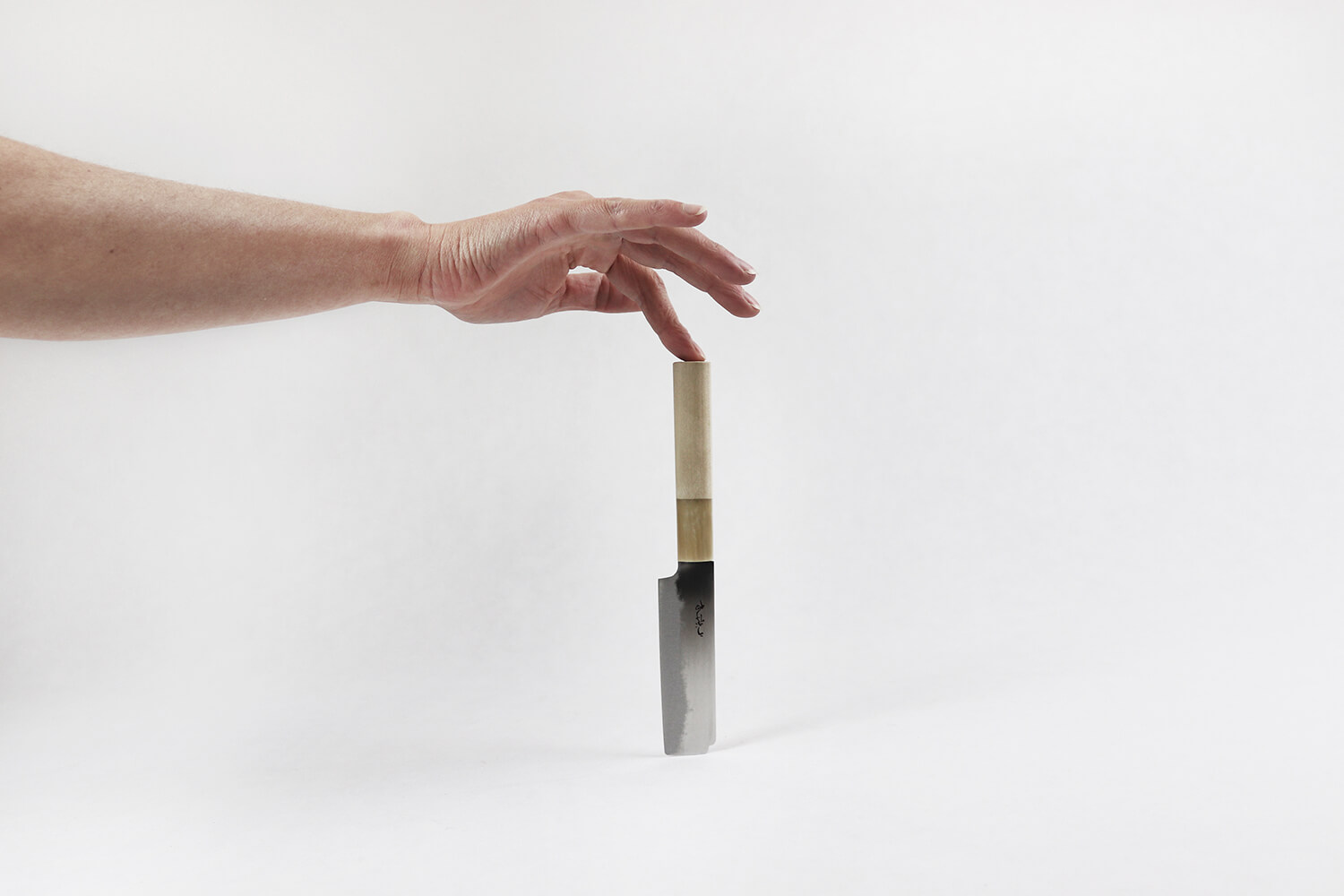
© Elise Fouin
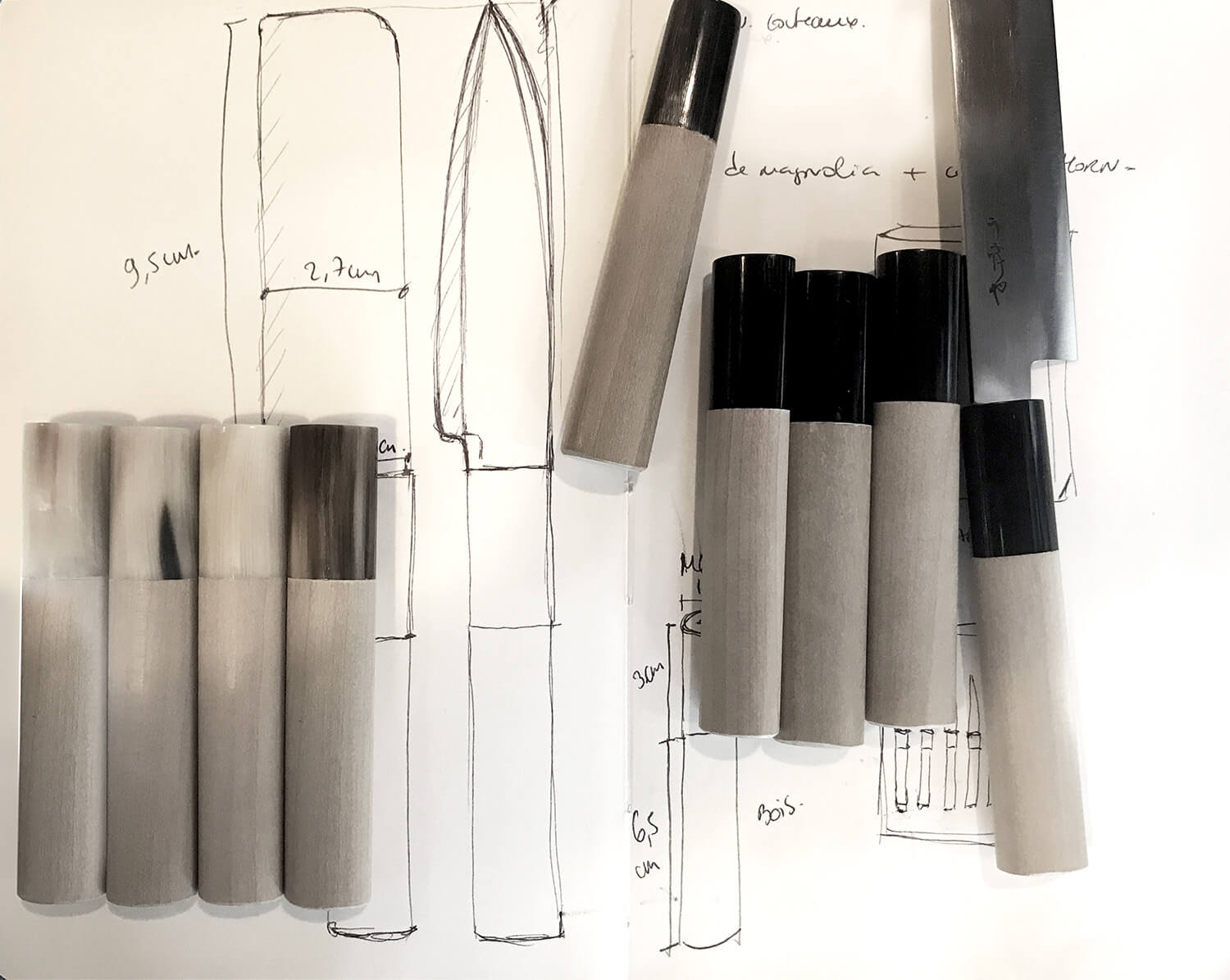
© Elise Fouin
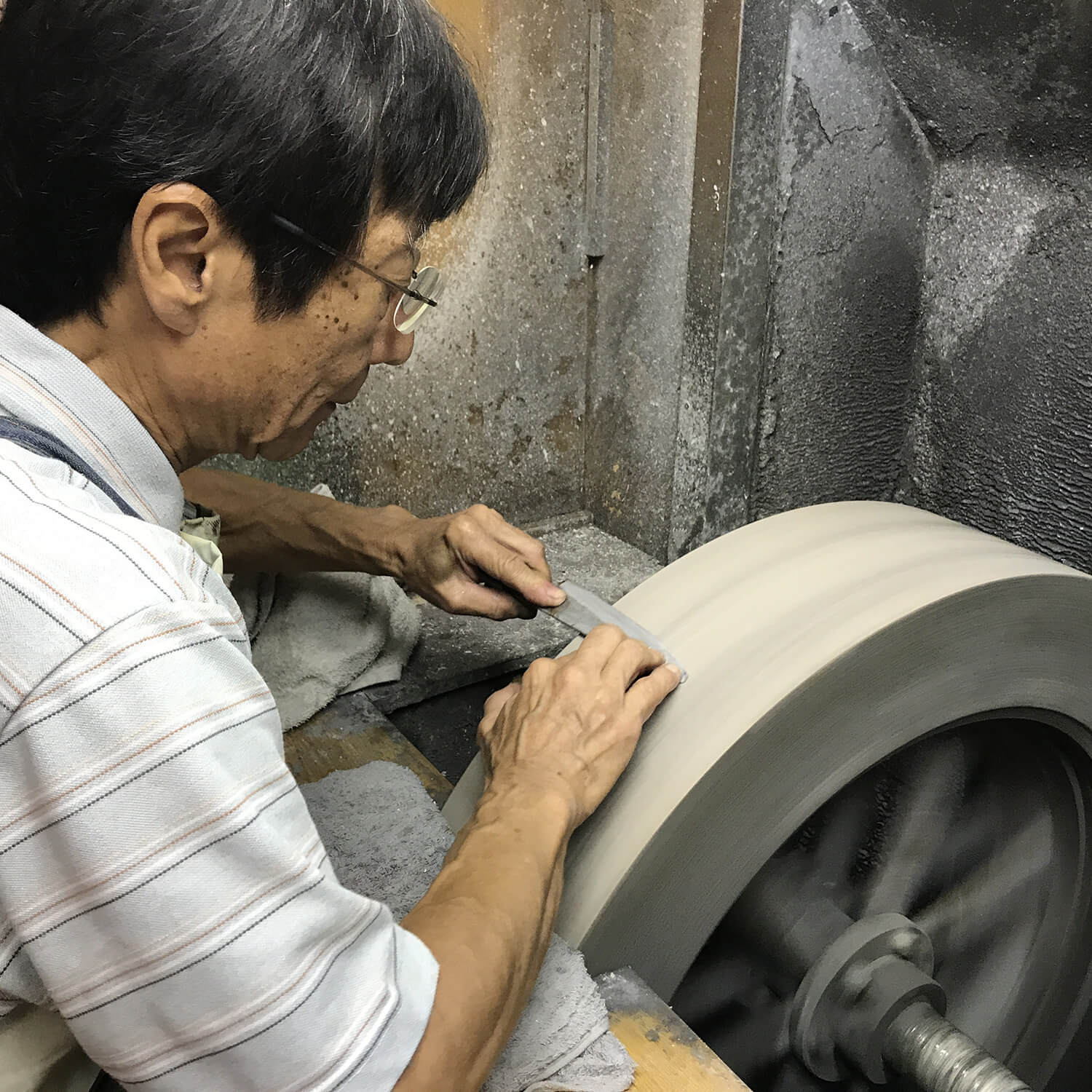
© Elise Fouin
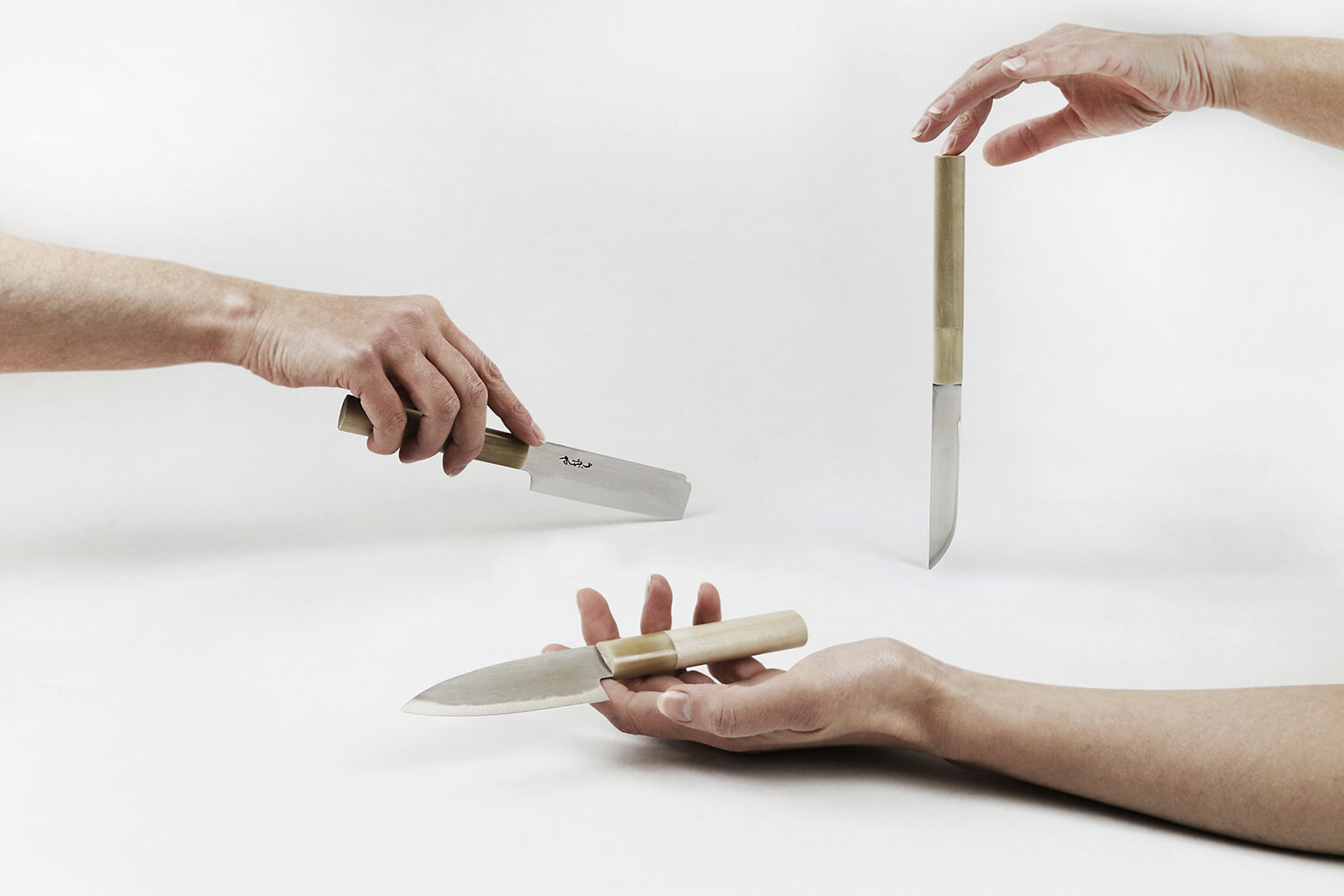
© Elise Fouin
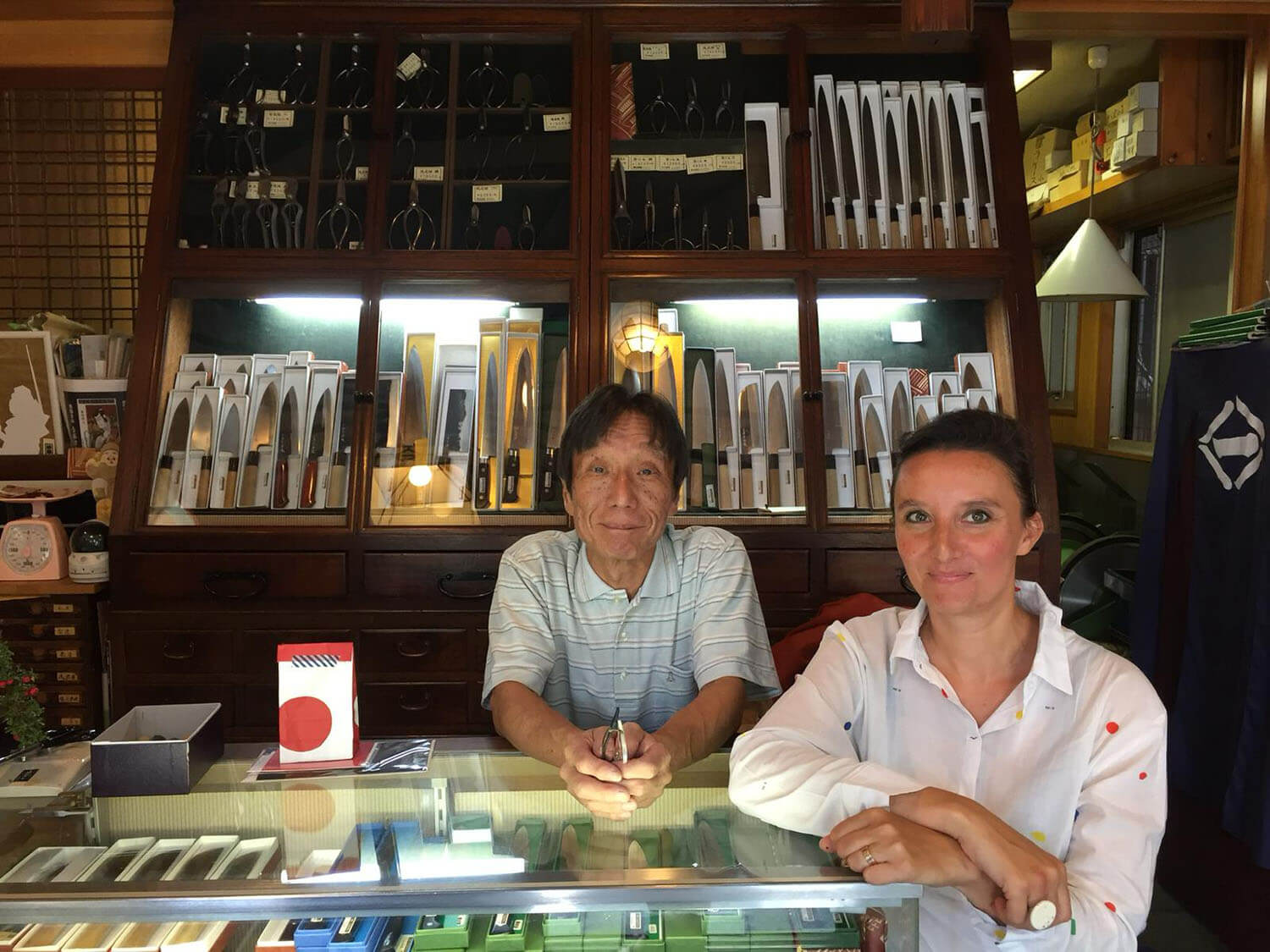
© Elise Fouin
TRENDING
-
The Tattoos that Marked the Criminals of the Edo Period
Traditional tattoos were strong signifiers; murderers had head tattoos, while theft might result in an arm tattoo.

-
Paris, Tokyo: Robert Compagnon
With his co-chef and talented wife, Jessica Yang, Robert Compagnon opened one of the top new restaurants in Paris: Le Rigmarole.
 3:31
3:31 -
The Story of Sada Yacco, the Geisha who Bewitched Europe
Described by Dazed magazine as the first beauty influencer, she has been restored to her former glory since 2019.

-
Ito Jakuchu's Naturalist Paintings
From 15 September until 14 October 2018, the Petit Palais showcased the artist's iconic ‘Images of the Colourful Realm of Living Beings’.

-
Chiharu Shiota, Red Threads of the Soul
Last year, more than 660,000 people visited the retrospective 'Chiharu Shiota: The Soul Trembles' exhibit at the Mori Art Museum.





